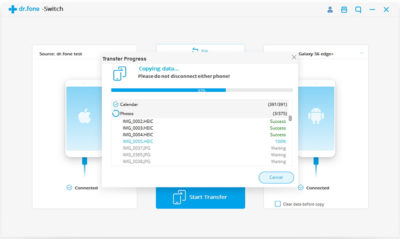Income tax credits at the federal and state levels do a good job of offsetting many expenses incurred by low income individuals and families. By offering tax credits, federal and state officials make it easier for low income earners to make ends meet. As a taxpayer yourself, you should make it a point to know about all the tax credits you are eligible for.
It is true that doing your taxes every spring can be complicated. It is also true that tax planning is not the easiest topic in the world to understand. And yet, mastering both could make an enormous difference in your financial situation. Plenty of low-income earners have put themselves in a very good position by knowing and understanding tax credits.
How about you? Do you understand what a tax credit is? Do you know about the credits you might be eligible for? This is an important topic that should not be ignored. There is absolutely no reason to pay more tax than is legally required. It also makes no sense to pass up tax credits that could put more money in your pocket.
Tax Credits Defined
Let us start by defining a tax credit. A tax credit is a government credit intended to reduce a person’s tax bill. This post specifically deals with income tax credits, so let us talk about how income is taxed.
Assuming you have a job, your employer deducts money from your pay every cycle in order to cover payroll taxes. Those taxes include income tax, Social Security tax, and Medicare tax. Social Security and Medicare are combined under the FICA heading for withholding purposes.
A tax credit gives you some of that tax money back when you file your return in the spring. Maybe you are the parent of several dependent children who qualify you to apply for the Earned Income Tax Credit. Any amount you qualify for would be added to your refund or, in the event that you owed, reduce the bill.
Examples of Tax Credits for Low Income Filers
There are dozens of different tax credits when you add together all the federal and state options. A few examples are listed below. Because states differ, all the examples are federal income tax credits. They include:
- Child Tax Credit – A credit designed to offset some of the costs of providing childcare
- Earned Income Tax Credit – A credit designed to offset income and FICA taxes
- Adoption Tax Credit – A credit given to low income families who have paid for adoption services
- Education Credits – There are two tax credits to help low income families offset the cost of higher education.
The above examples provide a good overview of what is out there. Note that all the federal and state credits for low-income filers have separate eligibility requirements. All of them are income based as well. You have to earn below a certain threshold in order to qualify for them.
Increase Your Tax Return
By and large, taxpayers eligible for credits aimed at low income individuals and families pay little to no income tax. As such, they tend to get a refund in the spring. Claiming tax credits becomes a way to increase the size of their refunds.
You may elect to have your refund deposited directly in your bank account. You might prefer a paper check you can take to the bank or have cashed at a check-cashing store. At any rate, make a point of knowing and understanding all the income tax credits that you and your family can qualify for.













